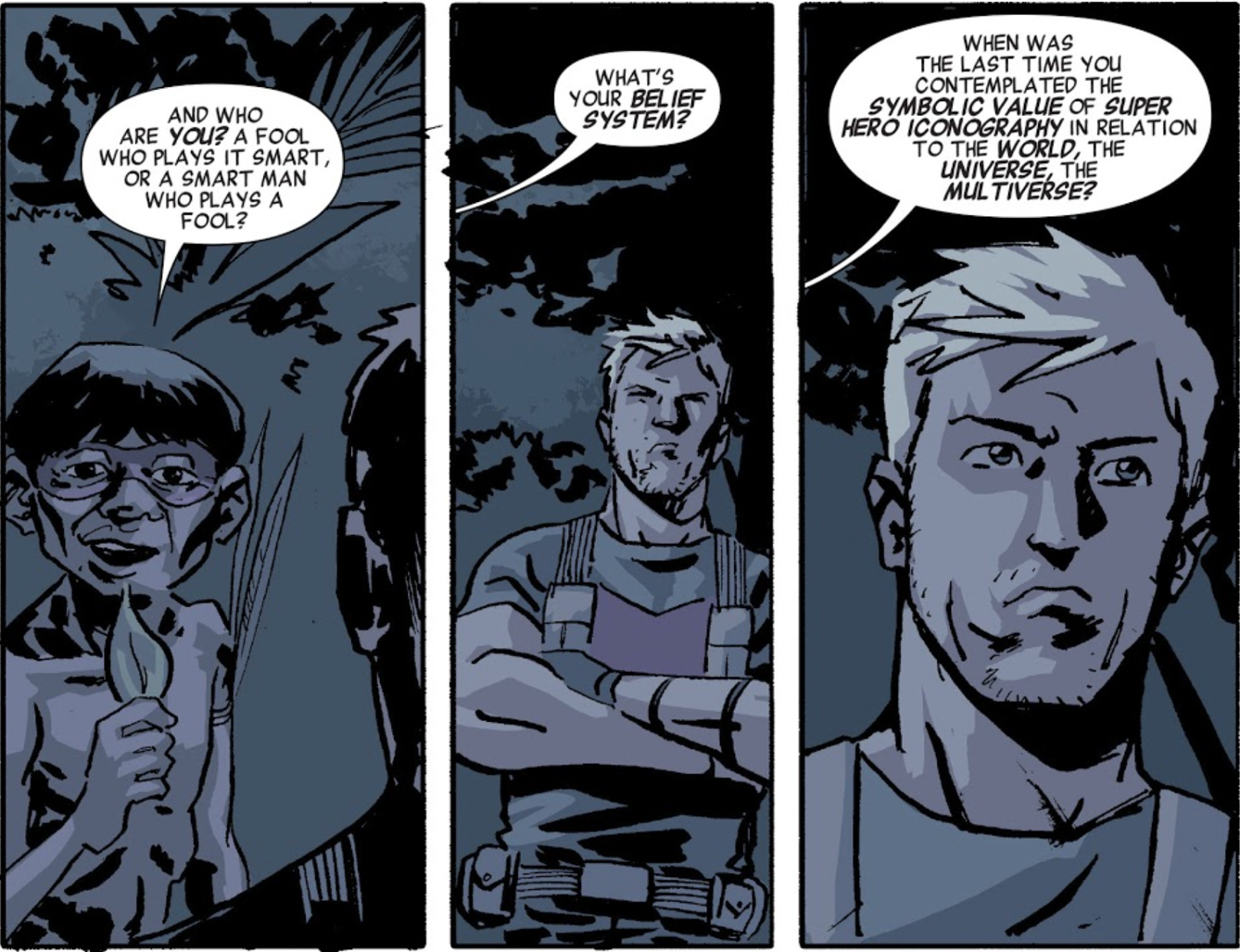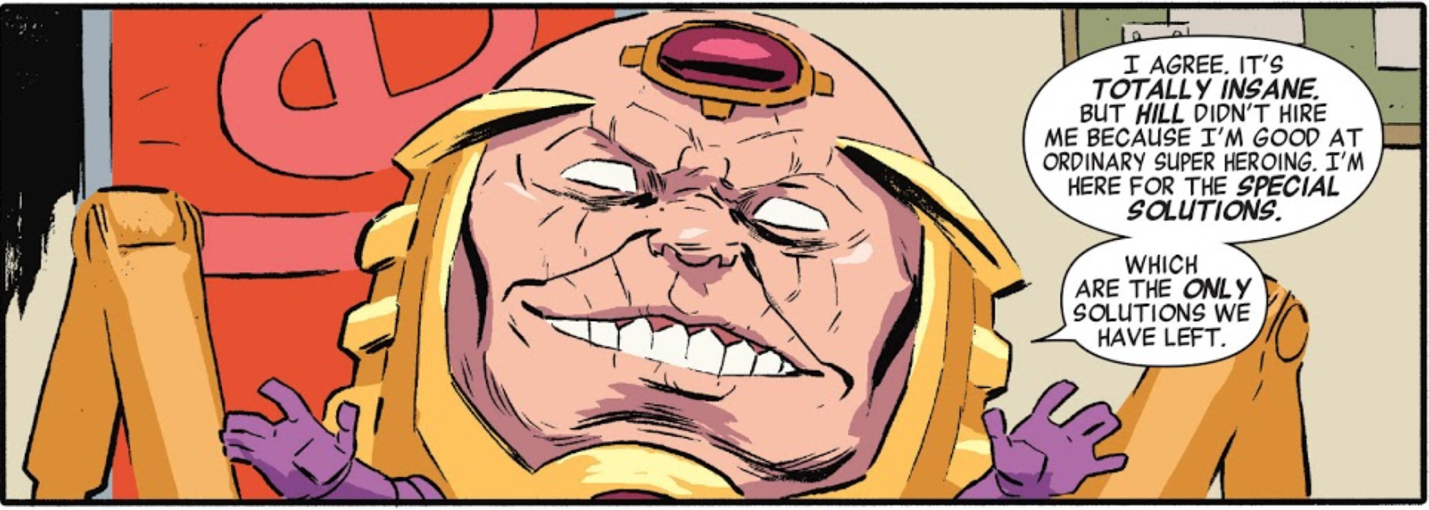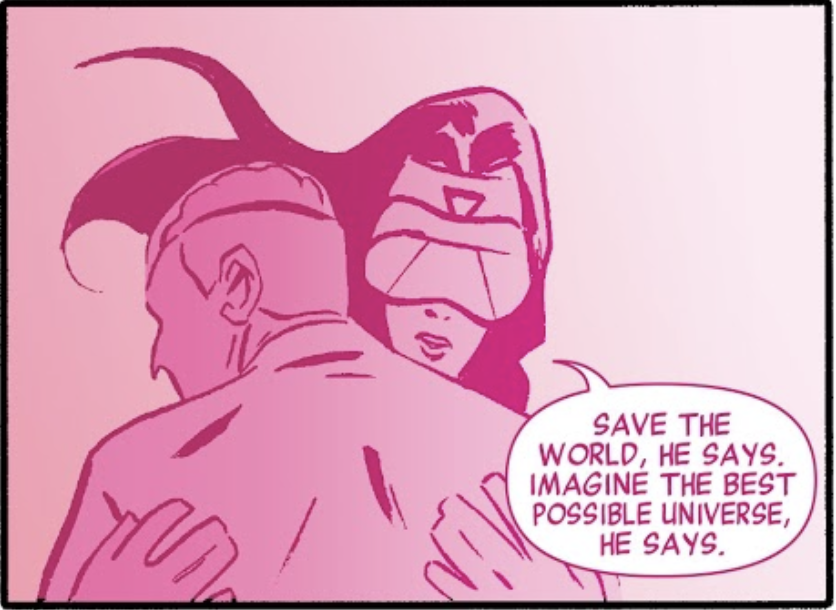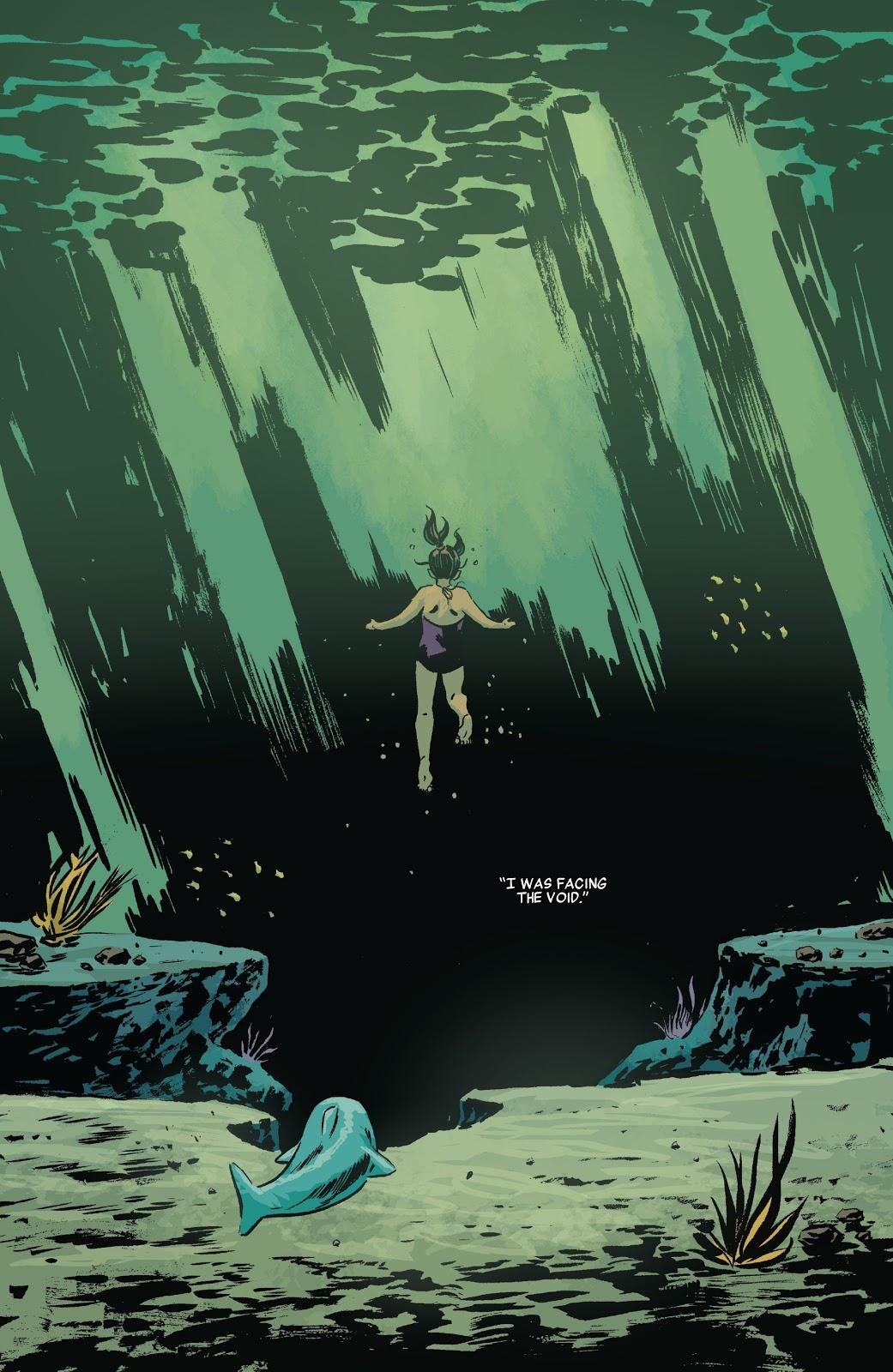Marvel Then! Secret Avengers – The Symbolic Value of Superhero Iconography in Relation to the World

On May 6, 2015, the Marvel Universe came to an abrupt and dissatisfying end. There were a number of reasons for its ending (some of which require understanding the mystical implications of Donald Trump deciding to run for President of the United States), but one of them must be understood through the context of a work which concluded exactly one week prior. A book about destroying the universe and replacing it with a better one. I am, of course, talking about Aleš Kot and Michael Walsh’s Secret Avengers.
Ed Brubaker and Mike Deodata created The Secret Avengers as a black ops team of superheroes who would take on missions that the world must never know happened. Described as more of an action based book rather than a character one, inspiration for this book is often cited as Jim Sterenko’s SHIELD work. Other runs include work by Nick Spencer, Warren Ellis, and Rick Remender, who took the spy craft nature of the concept in different directions. Kot, meanwhile, had their own ideas.
Previously: Marvel Then, 10 years later!
The team, in this incarnation, consists of movie tie-in Phil Coulson, Nick Fury Jr (who looks a lot like Sam Jackson), Maria Hill, Black Widow, Hawkeye, Spider-Woman, and MODOK. Reading the majority of the list, it is clear that this incarnation of the team is meant, to some degree, to tie into the buzz of the Marvel Cinematic Universe and, in particular, its more militaristic implications. There are discussions about the moralities of torture, secrets within secrets are kept from the goodies for the sake of maintaining power, and people die.

It’s also hilarious. Not in the sense of some of its influences like NEXTWAVE or Matt Fraction and David Aja’s Hawkeye, where the comedy lay in the sheer absurdity of the situation/contrast (though the absurd was a major factor of Secret Avengers) and every line was quotable. The book remains quite serious about what’s happening. The humor, meanwhile, lies in witty dialogue and clever cartooning.
It is also, however, a lighter book than one would expect from Kot. Aleš Kot is often a dense writer who puts a lot of implications and meaning into their work. They will explore the concept to the fullest, be it in a video game tie-in about medieval horrors, a one shot about a school shooting, or their immediate follow up, to Secret Avengers, Material. In that book, Kot explored various aspects of the early 21st century including police violence, AI, torture survivors, and Hollywood. Each one was packed to the brim with details and implications one could spend a lot of time unpacking.
Secret Avengers, by contrast, is more focused on being a fun, action packed book in which love conquers all. That isn’t to say the book is bad. It’s extremely great at its action set pieces, minor character work, and usage of Deadpool. Michael Walsh’s pencils alongside Matthew Wilson’s colors make for one of the most engrossing comics experiences of the Marvel Now era, with even moments of dialogue popping out and feeling alive. Take, for example, issue 6’s fight scene with Lady Bullseye and Black Widow, where every hit is rendered in pure pink. Each detail of the fight is made clear while also highlighting the chaotic nature of said fight. You can live without Tradd Moore doing interiors as well as covers. However, what this series is is makes it hard to actually write about without focusing entirely on the implications of its central tension. Mainly, it’s an action movie remake of Jorge Luis Borges short story “Tlön, Uqbar, Orbis Tertius.”
Borges’ work influencing comics creators is not an unfamiliar concept. Grant Morrison, who is also a major influence on Kot, likewise uses ideas from “Tlön” in their work.
“Tlön, Uqbar, Orbis Tertius” is a short story about a narrator and one of his friends discovering a book detailing a fictional reality that starts to overtake their own reality.

Within the context of Marvel Now, and as a book released right before the death of the Marvel Universe, this concept of a fictional reality is important. With regards to Secret Avengers, the existential threat of our fictions becoming reality is combined with a shared dream theory of reality. That if enough people believe in something, that thing becomes true. This would become a concern within the larger world built by the death of the Marvel Universe. How realities of small communities can lead to horror.
As Secret Avengers notes, however, what’s key is what you put into the world. What world you create with your ideas, your fictions. In the world that came, this is called Fake News. A fiction made out of reality to justify its own existence. Many writers would explore the implications of this, from James Tynion IV and Martin Simmonds’ The Department of Truth and its look at the American tradition of conspiracies to Tom King and Jorge Fornés’ Rorschach and its close look at the mindset of people who would do terrible things in the name of a lie. Not to mention non-comics related works like Noah Hawley’s third season of Fargo, which explicitly ties the systems of capital into the horror of stories, or Lana Wachowski, David Mitchell, and Aleksandar Hermon’s The Matrix Resurrections, included on this list for self-explanatory reasons.
We are, in short, trapped in worlds built on fictions that recur into one another. That is, after all, the game we accepted with Secret Avengers. This is an Avengers World. One where the stories of Clint and Natasha and Nick and Maria and Phil are all seen across the world and loved and desired. Where the Marvel Cinematic Universe dominates the cinema. Where the superhero is synonymous with soldier, but not in an uncomfortable way. But in a way that advertised fighting wars for private defense contractors. The superhero is the soldier who will never stop fighting and sees nothing wrong with this. All action all the time. This is the better world than the one imagined as Tlön, where things are strange and terrifying and love is possible amongst the impossible. This is the best of all possible worlds.
It is perhaps worth considering the people who are making the dream for a better world. You have multiple spies who are perfectly fine doing the hard things that hard people do, at least two ex-terrorists who have ties to the modern fascist movements (someone really should do a book on Spider-Woman and escaping from a fascist mindset), a literal sentient bomb, and Deadpool. Was there really any other world they would have created than one where the story goes the way it did? Where threats are everywhere, the narrative is fungible, and nothing really changes.
The forever war keeps chugging along, there is no hope.

And yet, in the moment, in the pages, it doesn’t feel that bleak. It’s worth considering the ending of the series, wherein Kot and Walsh opt to go small. Not the grand epics of realities collapsing into one another that other riffs on Borges are want to do, but rather a series of small moments between characters. Two horrible people talking about their feelings for one another, all too aware they will never be reciprocated. Two friends buying a spa to relax in. Another set of friends simply surf. They go with the flow.
For all that they dreamed of a “better world,” better is not and has never been static. It is a constant movement in a direction. We can pause, take a break, do something else. But we still have to be moving forward. Ultimately, the rebirth of the Marvel Universe was not an attempt to live up to this promise. Instead, for all its claims of being all-new and all-different, the Marvel Universe that came back from the dead was practically the same as the one that was killed. Nothing changed, so we walked back to what had always been done.
There were a few exceptions. Up and coming Jewish writer Tom King wrote about trying to fit in with a predominantly white community in The Vision to stellar success (working for one issue with Michael Walsh to high acclaim in a series that already has Gabriel Hernández Walta), David Walker and Ramon Villalobos were allowed to be angry and amazing in Nighthawk, and Brandon Montclare, Amy Reeder, and Natacha Bustos’ Moon Girl and Devil Dinosaur was a smash hit that embraced the children’s comics market largely untapped by superhero comics. But most of what came after was just continuations of what came before. Dan Slott was still doing Spider-Man, X-Men were still being regulated to a minor priority, and Peter David was still writing ongoing comics for them. (Aleš Kot, it should be noted, went on to leave Marvel Comics for other prospects.) Not to mention the numerous other runs, status quos, and characters that remained the same after all was said and done.
All things considered, the death of the Marvel Universe was nothing more than a blip.
The post Marvel Then! Secret Avengers – The Symbolic Value of Superhero Iconography in Relation to the World appeared first on Comic Book Herald.